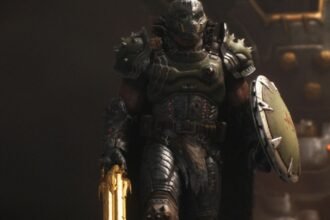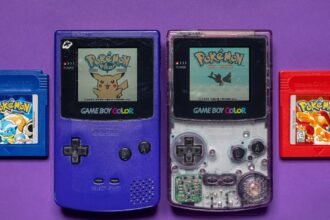Recent trends have shown that older games are consuming more of players’ time, particularly on PC. Interestingly, this pattern is also reflected in spending habits, with gamers investing more heavily in non-game items like battle passes and skins for games such as Call of Duty. According to a recent report by Newzoo, microtransactions account for over half of all spending in PC gaming.
This trend is highlighted in the market research firm’s 2025 report on console and PC gaming, which reveals a gaming landscape dominated by older titles and microtransactions rather than new game releases. In 2024, PC gamers dedicated just 8% of their gaming hours to titles released that year, with more than 60% of their time spent on games that launched over six years earlier.
This does not imply a lack of spending; rather, players are directing their money towards in-game microtransactions, including user-generated content in Roblox, new skins in games like Fortnite, or unique items such as the Venom twerking character in Marvel Rivals. The rising cost of cosmetics and skins, like the $20 Jay and Silent Bob tracer bundle in Call of Duty: Black Ops 6, further fuels this trend. In fact, only 28% of PC gaming expenditures in 2024 were directed towards complete game purchases.
A chart illustrates this shift in spending, revealing that microtransactions represent 58% of expenditure, with DLC accounting for an additional 14%. Together, these categories reduced the funds available for full game purchases to $10.7 billion, a 2.6% decrease from the previous year. Anticipated releases in 2026, such as Elden Ring Nightreign and Borderlands 4, may alter these figures, but the overall trend persists. Upcoming games like the next GTA Online could potentially draw even more revenue via microtransactions.
While the impact of microtransactions on the gaming ecosystem is debated, as game prices remain largely unchanged despite increasing development costs, many publishers are turning to in-game purchases for additional income. Though games like Assassin’s Creed Shadows retail for $70, they offer a variety of purchasable cosmetics and add-ons. In contrast, indie games, which often lack such models, face growing challenges as a larger share of consumer spending is concentrated among fewer titles.
The shift is somewhat less pronounced in the console market, though it remains evident. Microtransactions constitute 32% of player spending, rising 4.5% from the previous year. While full game purchases still account for the majority of spending, this could change as subscription services, like Xbox Game Pass and PS Plus Extra, capture an increasing share of the market. DLC spending on consoles accounts for just 5% or approximately $2.2 billion, suggesting that console players are more inclined to engage with new game releases.









